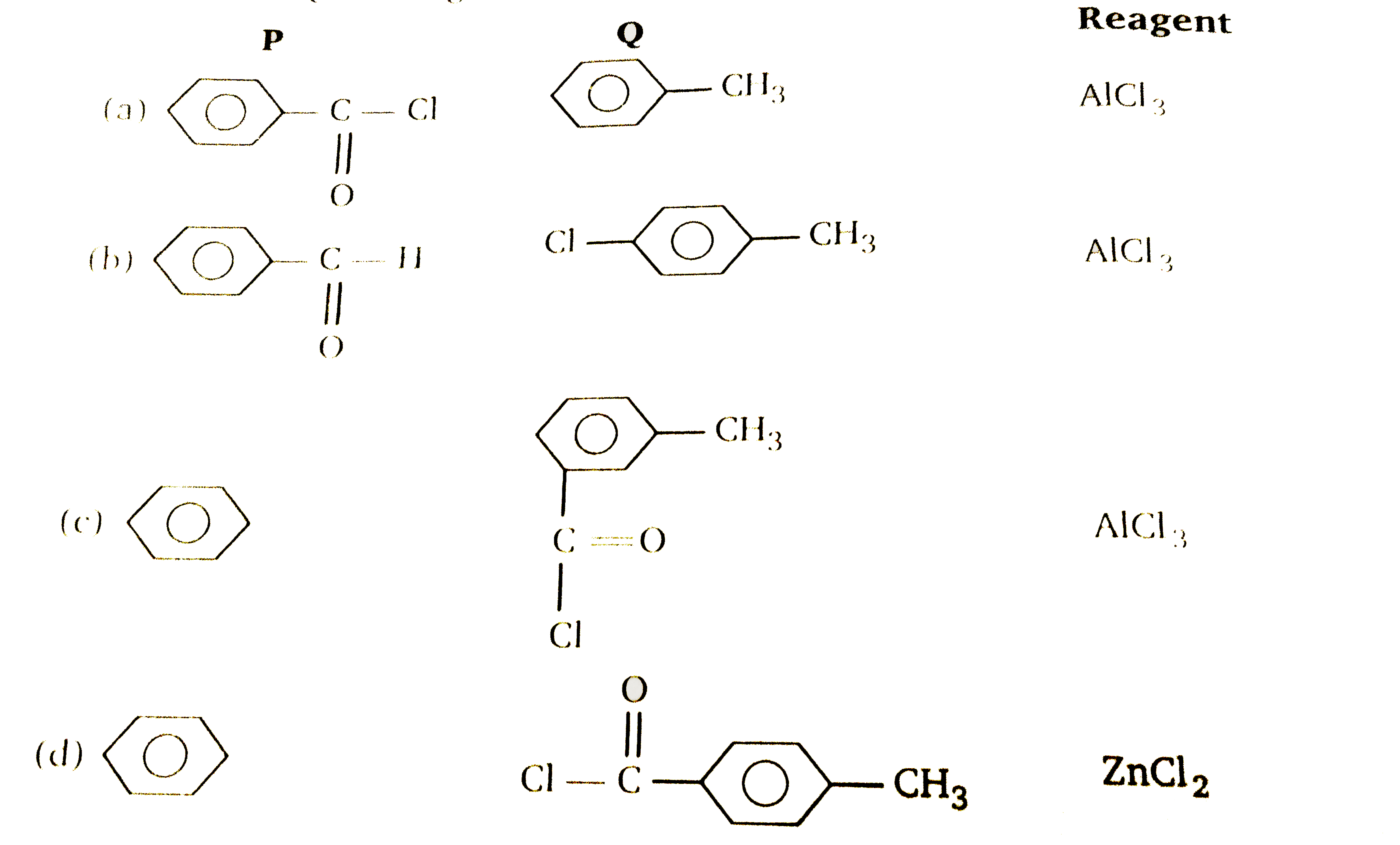One of the forms of a naturally occurring solid compound P is usually used for making the floors of houses. On adding a few drops of dilute hydrochloric acid to P, brisk effervescence are produced. When 50g of reactant P was heated strongly, than 22g of a gas Q and 28g of a solid R were produced as products. Gas Q is said to cause global warning whereas solid R is used for white-washing.
(a) What is (i) solid P (ii) gas Q, and (iii) solid R.
(b) What is the total mass of Q and R obtained from 50 g of P ?
(c) How does the total mass of Q and R formed compare with the mass of P taken ?
(d) What conclusion do you get from the comparison of masses of products and reactant ?
(e) Which law of chemical combination is illustrated by the example given in this problem ?
(a) (i) Calcium carbonate (CaCO3) in the form of marble (ii) Carbon dioxide (CO2) (iii) Calcium oxide (CaO) (b) 50g (c ) Total mass of Q and R (50g) is euqal to the mass of P taken (50g) (d) The mass of products is equal to the mass of reactant (e ) Law of conservation of mass
Topper's Solved these Questions
Similar Questions
One of the forms of a naturally occurring solid compound P is usually used for making the floors of houses. On adding a few drops of dilute hydrochloric acid to P, brisk effervescence are produced. When 50g of reactant P was heated strongly, than 22g of a gas Q and 28g of a solid R were produced as products. Gas Q is said to cause global warning whereas solid R is used for white-washing.
(a) What is (i) solid P (ii) gas Q, and (iii) solid R.
(b) What is the total mass of Q and R obtained from 50 g of P ?
(c) How does the total mass of Q and R formed compare with the mass of P taken ?
(d) What conclusion do you get from the comparison of masses of products and reactant ?
(e) Which law of chemical combination is illustrated by the example given in this problem ?
View SolutionAn ore on treatment with dilute hydrochloric acid produces brisk effervescence. What type of ore is this ? What steps will be required to obtain metal from the enriched ore ?
View Solution
Knowledge Check
Which of the following metal does not produce dihydrogen gas with dilute hydrochloric acid?
AMgBZnCAgDBaWhen a pinch of sodium bicarbonate is added to carboxylic acid brisk effervescence is produced . This effervescence is produced due to evolution of
AH2 gasBH2O vapoursCCO2 gasDlarge amount of heat.The given diagrams show the reactions of three metals with dilute hydrochloric acid. What are metals P, Q and R?
 AP-Copper, Q-Magnesium, R-ZincBP-Copper, Q-Zinc, R-MagnesiumCP-Magnesium, Q-Zinc, R-CopperDP-Zinc, Q-Magnesium, R-Copper
AP-Copper, Q-Magnesium, R-ZincBP-Copper, Q-Zinc, R-MagnesiumCP-Magnesium, Q-Zinc, R-CopperDP-Zinc, Q-Magnesium, R-Copper
Two aromatic compounds P and Q give product R.

Reactant P, Q and reagent used in above reaction are:

View SolutionMetal compound A reacts with dilute hydrochloric acid to produce effervescence. The gas evolved extinguishes a burning candle. Write a balanced chemical equation for the reaction if one of the compounds formed is calcium chloride.
View SolutionMetal compound A reacts with dilute hydrochloric acid to produce effervescence. The gas evolved extinguishes a burning candle. Write a balanced chemical equation for the reaction if one of the compounds formed is calcium chloride.
View SolutionMetal compound (A) reacts with dilute hydrochloric acid to produce effervescence. The gas evolved extinguishes a burning candle. Write a balanced chemical equation for the reaction if one of the compound formed is calcium chloride.
View SolutionMetal compound A reacts with dilute hydrochloric acid to produce effervescence. The gas evolved extinguishes a burning candle. Write a balanced chemical equation for the reaction if one of the compounds formed is calcium chloride.
View Solution
